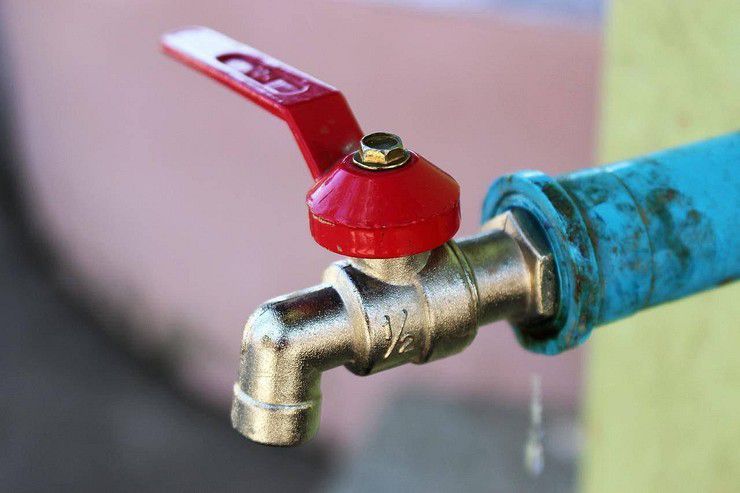Modernisation of water supply systems will save €1 million annually for local budgets and over 3,800 MWh of electricity
In 2022, three sewage pumping stations in one of the cities were completely modernised and water metres were installed in apartment buildings in another city

The EU-funded Neighbourhood Investment Platform (NIP) water modernisation programme in Ukraine will save more than 3,800 MWh of electricity per year, reduce CO2 emissions by 3,000 tonnes and provide €1 million in annual savings to local budgets.
This is stated in NEFCO's press release.
In total, the modernisation measures will have a positive impact on almost 700,000 Ukrainians, including 85,000 internally displaced persons, providing them with improved water quality and reliable water supply.
It is noted that in 2022, three sewage pumping stations in one of the participating cities and towns have already been fully modernised and water metres have been installed in apartment buildings in another city.
The activities to be implemented in 2023 are aimed at modernising and automating the mostly outdated water supply and wastewater disposal systems. The scope of the planned works includes replacing water and sewage pumps with automated auxiliary equipment, as well as replacing ventilation systems and control cabinets.
The programme was launched back in 2020 with the aim of reconstructing water supply and wastewater treatment systems, increasing energy efficiency, and improving water quality and water services for thousands of Ukrainians.
Six projects in the central, western and northern regions of Ukraine are ongoing, while four projects in the eastern and southern regions have been suspended. One of the projects was re-profiled to address the urgent need to modernise waste management processes.
Background. When russia's full-scale invasion of Ukraine began on 24 February 2022, investment projects were at various stages of implementation, from procurement to construction. The war severely disrupted the work of municipal water utilities, whose staff continued to work despite missile attacks and power outages. Cities and towns have also faced new challenges due to the massive flow of internally displaced persons from the occupied territories of eastern and southern Ukraine to other regions of the country.
In addition, localities have had to adjust to the growing number of water consumers due to IDPs, who in some cities and towns account for up to 15% of the total population.
If you have read this article to the end, we hope that means it was useful for you.
We work to ensure that our journalistic and analytical work is of high quality, and we strive to perform it as competently as possible. This also requires financial independence. Support us for only UAH 196 per month.
Become a Mind subscriber for just USD 5 per month and support the development of independent business journalism!
You can unsubscribe at any time in your LIQPAY account or by sending us an email: [email protected]



